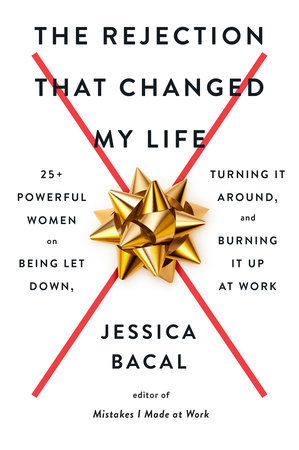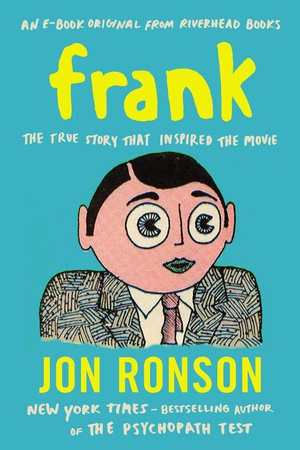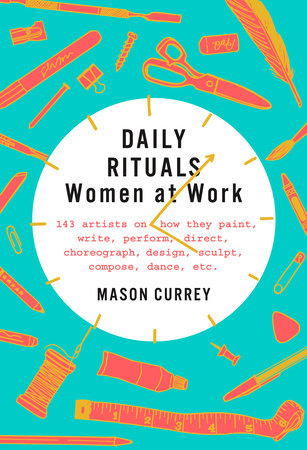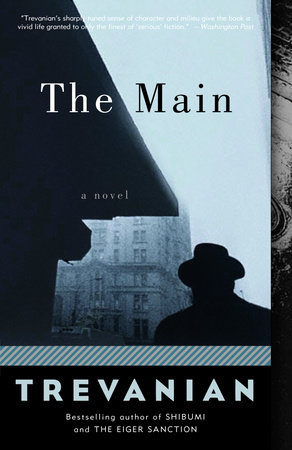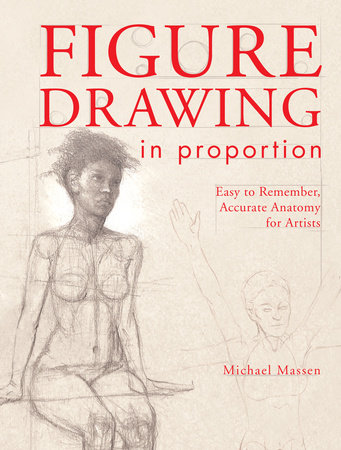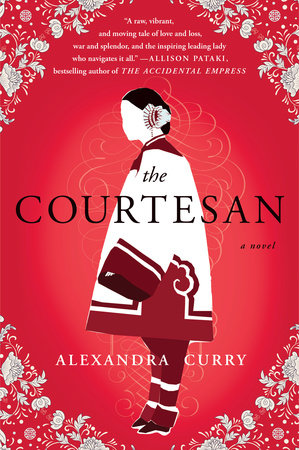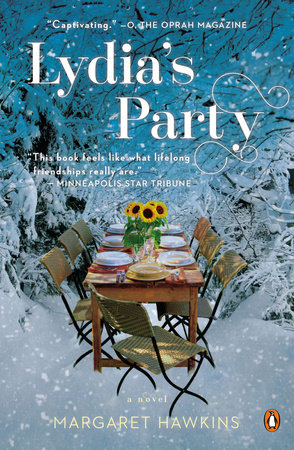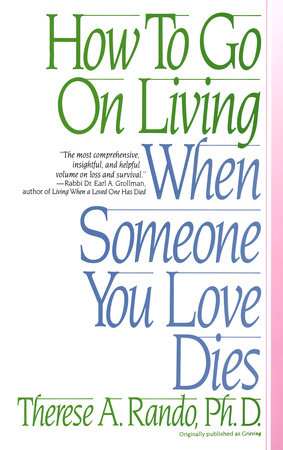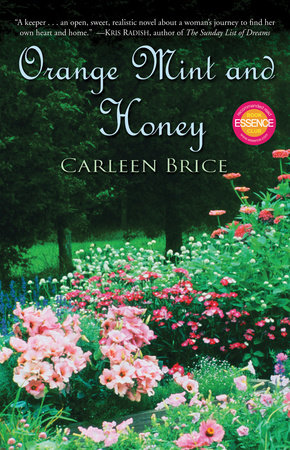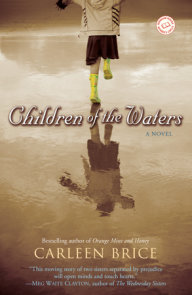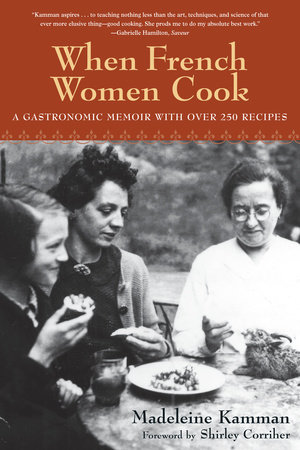Author Q&A
A Conversation with Carleen Brice
Kelli Martin is an editor and writer. A Williams College graduate, she lives with her husband in Brooklyn, New York.
Kelli Martin: Carleen, let me start out by saying that this is a mesmerizing, powerful novel. I had to stop myself from racing through the pages. It is filled with meaningful layers and symbolism, yet it is so accessible and moving and heartwarming. Shay and Nona and Sunny and Oliver stayed with me long after I had turned the last page. Now let’s begin with Orange Mint and Honey’s moment of creation. I read that you knew you were ready to write this story when you heard the voice of Nona, Shay’s mother. Often, we read that it’s the protagonist’s voice that the author hears first. Why do you think it was Nona who you heard first and who moved you to write this novel, rather than Shay?
Carleen Brice: I tried to write this story years ago, but it was too one-sided. I was too young. I think as I got older I related more to Nona’s character, and that was really important to me–to make sure that she was a real, threedimensional person. Shay’s voice was already in me for a long time, but I couldn’t write the story until Nona came to me.
KM: What classic and contemporary novels, memoirs, or poetry did you have in mind or use for inspiration when you conceived and wrote Orange Mint and Honey?
CB: I didn’t really have anything in mind when I started. But Alice Walker’s essay “In Search of Our Mothers’ Gardens” probably was in my mind from the beginning. Such a great metaphor for the unsung contributions of the women who came before.
KM: Carleen, you write some of the truest, most raw and powerful scenes: Shay losing her virginity, Shay and Nona’s confrontational showdown in the church. Is this something you had to work at–making these parts ring so emotionally true? Or is this an element of your writing that comes naturally, almost easily, to you? Did you have to dig deep into your own life to capture the requisite emotion or is it more your creative imagination inhabiting someone else’s life? Or both?!
CB: The easiest scenes for me to write are the highly emotional ones. I can just put myself there and feel what the characters are feeling. Sometimes as I’m writing I’m speaking the words out loud as the characters would, almost like I’m reading a script in my head as I type. Those scenes pour out, but they are exhausting! Especially a scene in which I have to put myself into the minds of both people, to keep track of how both people would naturally feel.
KM: Gardens figure prominently in Orange Mint and Honey, from therapy to solace to peace to wishing well to healthy addiction to site for growth. Do you share the characters’ love of gardens? If so, what drew you to fall in love with them in the first place and how do they figure in your life now? Why do you see them as healing?
CB: I do have a love of gardens. Until a few years ago, I was always just a container gardener, but Denver has been in a long-term drought, so my husband and I got rid of the front lawn and started planting low-water plants. (It’s called a “xeriscape garden.”) I worked on our yard as I wrote about Nona’s yard, and just sort of turned into her. I even use Nona’s “God box” concept (and it works!!).
Gardening is healing (and addictive) because it works on you on so many different levels. Physically, it’s movement, so you get endorphins. Psychologically, it’s rewarding to have a vision in your mind and see it come to fruition in your yard. And since it never turns out quite like you envision, it’s spiritual, because it helps you see there are forces at work in the universe far bigger than we are. And just the beauty of flowers is healing, the colors and the scents. There’s just something magical about the whole experience.
KM: To cope with her emotions and the stress in her life, Shay pulls her hair. Why did you use trichotillomania to show her anxiety?
CB: I wanted a visual way to show that her childhood still affected her. It’s one thing for a character to say she’s been hurt or traumatized, but it takes it to a different level to show what that really means. I have a good friend who suffers from this form of OCD and she let me use it in this story.
KM: Which character was most natural to write and why? Which was most challenging to write? Were you surprised by which character(s) became your favorites or least liked?
CB: I was surprised by how much I liked Oliver. Originally, he was just this geek, but he turned into such a wonderful person. I absolutely love him. Love, love, love him! I didn’t have any young guys read for me, but Oliver is a combination of the good boyfriends I had (not many) when I was young, and my husband, and my brothers and my nephews. And . . . a guy who used to work at my video store. Every time I went in, I just wanted to pinch his cheek. Ivy was the most challenging character to write. I empathized with her, but at the same time I knew she wasn’t going to get her act together, which was important to show: Not everybody recovers. That’s life. But she was so manipulative and hostile that it was hard to remember her humanity, and that underneath it all she was a lost girl just like Shay. They are kind of two sides of the same coin.
KM: Nina Simone is a provocative choice for a character. Why her and what do you think her role is? What impact has she had on your own life and love of music? What other classic and contemporary singers do you love?
CB: Nina Simone is the herald who sets Shay on her path, and she’s a straight-shooting guardian angel. She’s like Glinda the Good Witch, only with more sass and more soul. Why her? Because she’s the one who came to me. And I instantly loved the idea because she was such a larger-than-life character in real life. I love all the singers I mention in the book (including Bootsy Collins!). I like old-school R & B and neo soul. I’m a huge Prince fan (as was Nona), and I love Erykah Badu and Jill Scott. I just saw Corinne Bailey Rae and John Legend in concert, and will definitely keep my eyes and ears on both of them.
KM: Was it a deliberate choice to make Shay a virgin? We’d love to know why.
CB: It was not a deliberate choice at all. True story: I was washing dishes, thinking about the story and realized Oh my God! She’s a virgin! You would think that since she’s a character that I made up I would know such a thing, but I was a good chunk into the first draft before I discovered her secret. And, of course, that dramatically affected the direction of the plot. It’s like that old line about if you show a gun in the first act, somebody better shoot it before the play is over. Well, if a twenty-five-year-old is a virgin (and doesn’t want to be) . . .
KM: You do an extraordinary job, Carleen, of exploring and evoking how hurt Shay has been by her mother’s alcoholism. In fact, Shay tempers her begrudging love for Nona with constant reminders (self talk) about her mother’s mistakes. It’s an amazing way for the reader to learn about both women and about the past. Was this balance deliberate? If so, why did you want to explore that?
CB: This is the root of the book, that we can love someone and hate them at the same time. Especially a parent. The mother—daughter relationship can be so complicated in the best of circumstances, and when you add an issue like alcoholism it compounds it so much. I wanted to make it clear that both women have very complex emotions.
KM: You did a wonderful job making sure Nona came across as sympathetic and human, not a one-dimensional bad guy. What research did you do to accomplish this? Do you think Nona deserves the punishment Shay gives her?
CB: I read a lot about recovering women alcoholics. One of the common characteristics is deep guilt for what their drinking did to their children, and women typically have a very hard time forgiving themselves for it. Our society is very, very hard on mothers who don’t live up to almost impossible standards. And when you take a woman like Nona, who really did do bad things, I could see how she wouldn’t be able to forgive herself. But it’s actually an important part of recovery to let the past go, and stop torturing yourself, and I wanted that for her. Nona does deserve what she gets from Shay. But I agree with Nona that, after a while, it’s obvious that Shay doesn’t want to let Nona make amends. To me, that’s one of the
interesting aspects of forgiveness. The person who is wounded must be willing to accept the apology (when it’s sincere) and if she won’t, then there’s nothing the person who caused the harm can do. Nona’s efforts are sincere, so I’m glad when Shay finally gives her a chance. To me, that’s what forgiveness is: just the willingness to loosen one’s grip on the grudge and see what happens.
KM: The mother-daughter church showdown is out of sight! Why did you choose the church as the locale for this necessary confrontation? Why did you write it with some of the women taking Shay’s side and some taking Nona’s side?
CB: Thank you! It was very important to me that Nona be able to air her side of the story, and I needed a way for her to also show that she was fed up with trying so hard. The church was a natural place to do that. I’m not a regular churchgoer, but one of the things I love about the idea of church is that it should be a place of truth, a place to be stripped bare, and a place to be real. That’s when healing and forgiveness can really happen. I wrote some of the congregation taking Shay’s side and some taking Nona’s side because I saw that happening with readers. In one of my critique groups, the women who were daughters, but not mothers, took Shay’s side and the women who had kids took Nona’s side. As the writer, it was fun to see that happening, so I decided to put it in the book. I think it makes it a much better scene. Thank God for writers’ groups!
KM: About your writing process: Do you have a specific place or time of day when you craft your work? Do you work from an outline where the entire book is laid out from beginning to end or do you write free-form, from what unfolds organically from your mind?
CB: I have a home office and I have a laptop. So sometimes I work in my office, sometimes in the kitchen, sometimes on the patio or in a coffee shop. I prefer to write first thing in the morning, but I write at night, whenever. All the time! I kind of write and outline at the same time, going act by act. The middle is usually the hardest part for me, so I need to have lots of ideas going into the middle or else I get in trouble.
KM: What are you working on next?
CB: My next novel is about two sisters. The two sisters, one biracial and one white (they have the same mother, but different fathers), were separated by adoption. The biracial sister was adopted and raised by a black family. The white sister was kept and raised by their grandmother. The story explores race and identity and what makes a family.
KM: Thank you so much for taking time to chat with us, Carleen. Orange Mint and Honey is a love story and a family drama full of hope and humor–and so much powerful, raw emotion. I think I speak for all of your fans when I say that we can’t wait to see more novels from you in the future.



